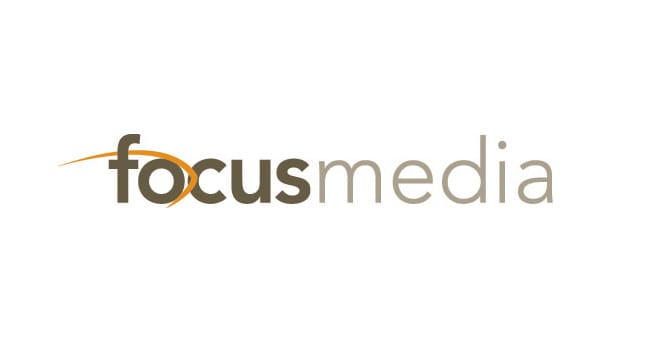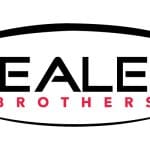If you’re involved with the local business community, or even just a spectator who keeps up with regional news, you know it’s not always easy to get a new economic development proposal approved. While economic development professionals are actively working to attract companies to our area, there are many obstacles for them, such as New York’s rigorous environmental review process and the overall brand/perception of the state not being very business-friendly (although I love those New New York television ads).
To add to these challenges, many developers of projects, including new employers seeking to come to the Hudson Valley, often face stiff public objections from grassroots opposition, or sometimes just neighbors not wanting the project in their neighborhood. This opposition can make approvals of project applications even more challenging. If you’re coming to the Hudson Valley and your proposal is of a significant scope, be prepared to engage the public.
The public can sway municipal boards
Developers putting forward applications sometimes focus solely on the members of municipal boards voting on their approvals, thinking that noisy members of the public don’t matter since there are no voter referendums for land-use applications. But members of these municipal boards can be swayed by supporters and opponents, even if their particular board is appointed and not elected. These board members still use the same grocery store and go to the same school events as some of your potential opponents.
So don’t think your application’s review will solely be a clinical look at the land-use and zoning aspects of your project. Public opinion or outcry can change the dynamic with municipal approvals very quickly, including costing you more resources for additional environmental studies, delays and even denial of your application.
Develop an engagement plan
In a perfect world, an economic development proposal can move forward with its environmental review without any static from the public. But if your plan is of significant size, or is a use that might be unwanted by some (even a housing development), have a plan to explain your project to the public, and even the news media. A proactive dialogue with the community will provide you with the opportunity to define your project, its benefits, and how you are handling impacts. This is a better plan than ignoring the power of the public and allowing opponents to define your project and possibly spread misinformation.
The Hudson Valley, and New York, can be a tough place to bring economic development. Project proposals that take the public seriously and develop an engagement plan have the best chance of success to secure approvals and bring new jobs and investment to the region.




